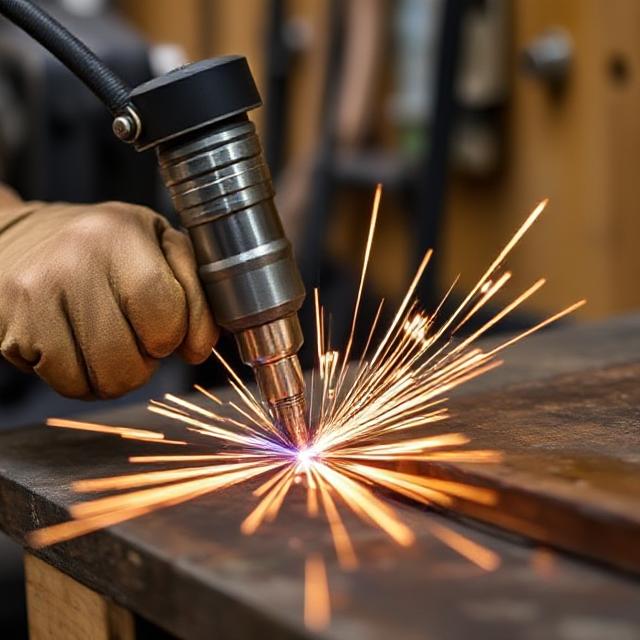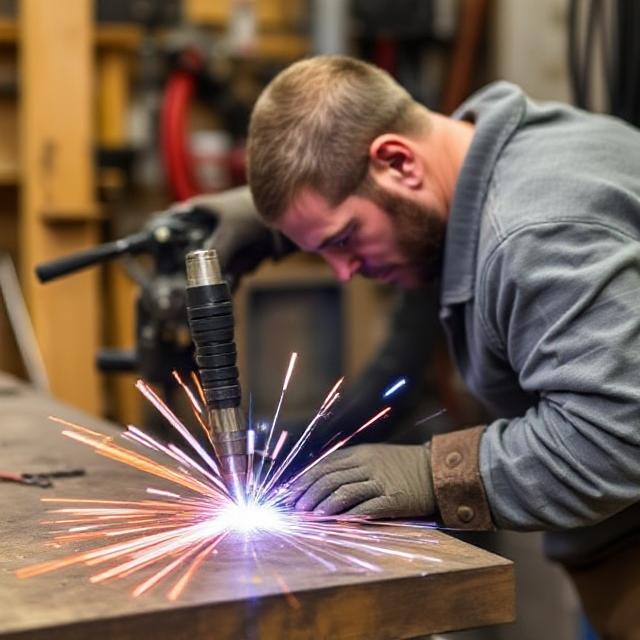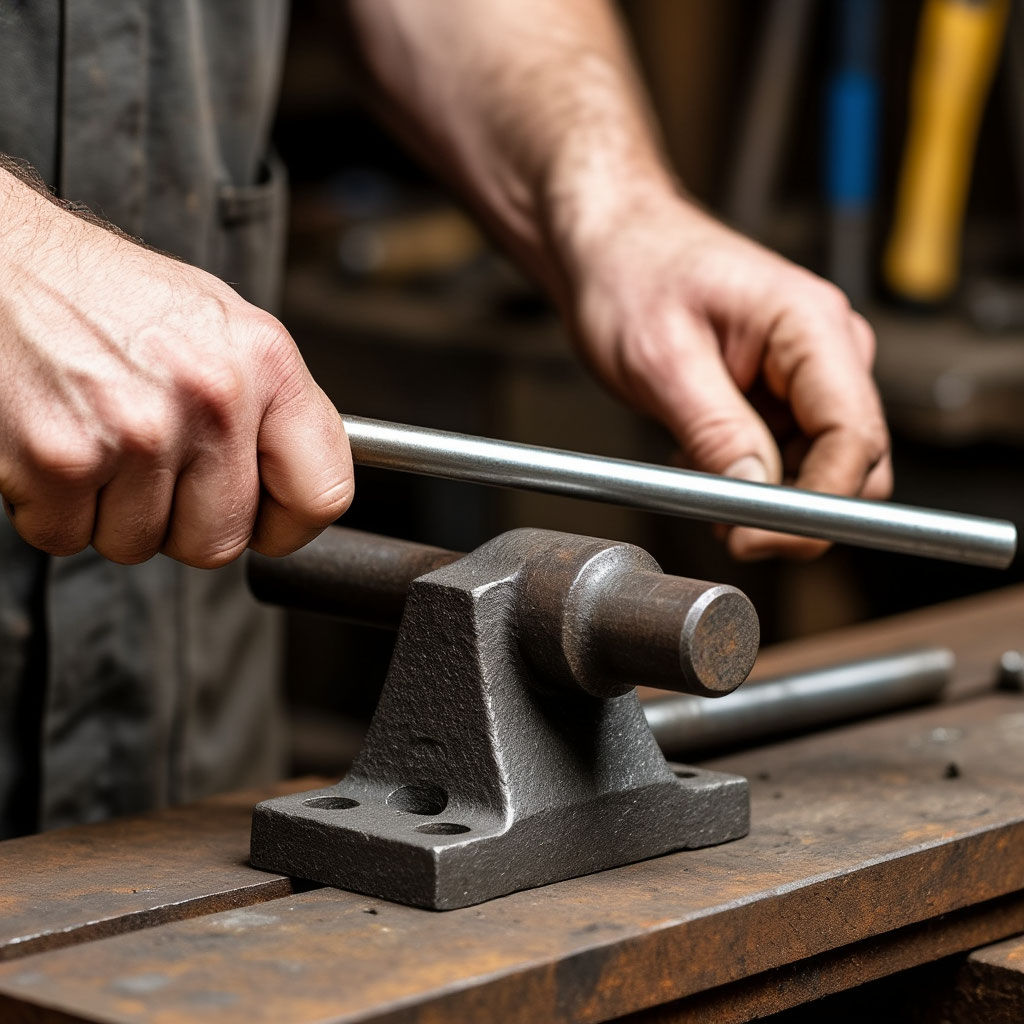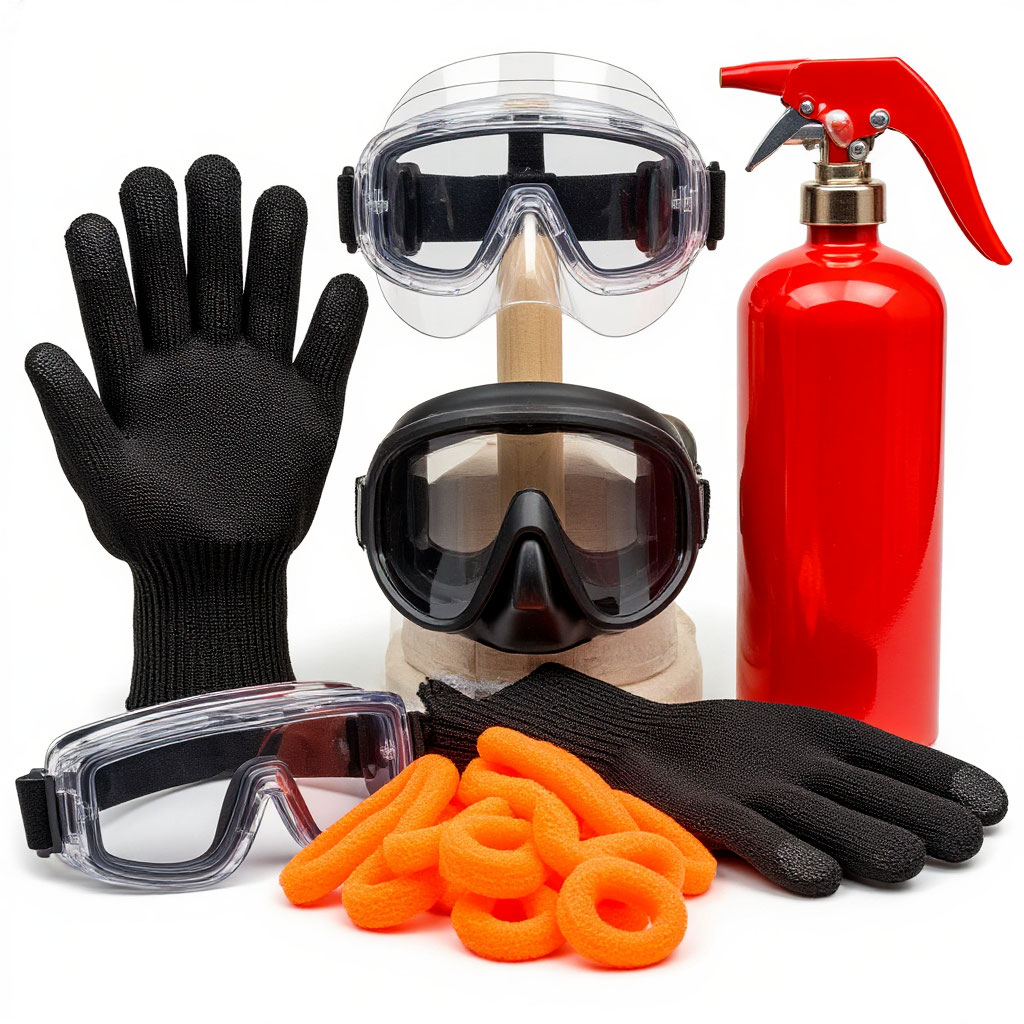Top 5 Metalworking Techniques Every DIYer Should Know
Tired of plastic parts breaking? Want to fix tools or build something that actually lasts? Getting into metal can be a smart move. These metalworking techniques for beginners make it doable. All you need is a safe place to work, a few basic tools, and the right mindset. DIY metal cutting, welding, and shaping won’t feel out of reach once you get going.

Table of Contents
ToggleGetting Started with Metalworking at Home
Learning how to work with metal starts with the right mindset. You don’t need a big garage or expensive machines. A sturdy table, good lighting, and a few simple tools will do. Focus on building confidence before you chase perfection.
Marking your cuts correctly saves time and scrap. Use clamps so your materials don’t shift. Goggles, gloves, and ear plugs protect you from common injuries. Once those habits are in place, every other step gets simpler.
Cutting: Tools and Safety Tips
Cutting is where most metal projects begin. It’s how you turn sheets or bars into usable shapes. DIY metal cutting takes patience, planning, and the right blade.
Tools for Beginners
Angle grinders handle thick steel. Hacksaws are fine for quick cuts. Tin snips work well on thin metal. Metal shears help with ductwork. Pick the one that feels easiest to control.
Safety and Accuracy
Draw your line clearly before cutting. Clamp the metal so it doesn’t jump. Let the blade do the job—don’t rush it. Always wear gloves and eye protection.
Checklist for Safe Cutting:
- Mark your line first.
- Clamp the piece firmly.
- Keep hands away from the blade.
- Cut at a calm, steady pace.
- Smooth sharp edges when you’re done.

Bending and Shaping Metal by Hand
You can shape metal without fire or heat. Many beginners start with cold working techniques. It’s simple and gives you lots of control.
Cold Bending Techniques
| Tool | What It’s Best For |
|---|---|
| Vise and mallet | Bends in rods or flat bars |
| Hammer and anvil | Creating curves or rough shapes |
| Sheet metal brake | Folding thin metal cleanly |
| Forming jig | Making repeated shapes |
Clamp the metal between blocks of wood if you want a cleaner edge. Take your time—rushing often warps the piece. Light tapping usually works better than force.

Welding Basics for DIY Projects
Once your parts are shaped and ready, welding can join them. Don’t overthink it—some methods are easier than others and work great at home.
Easy Methods to Start With
MIG welding is the simplest to learn. It’s perfect for small projects and basic joints. Flux-core doesn’t need gas and is easier on the budget. Stick welding is strong but a bit tricky. Save TIG for later.
Watch Out for These Common Mistakes
Never weld dirty metal. Clean your surfaces before starting. Use the right heat—too much melts holes, too little makes weak welds. Protect your eyes and skin from sparks and UV.
Welding Checklist for Beginners:
- Clean the area before welding.
- Test settings on scrap metal.
- Weld in short lines until you gain control.
- Use ventilation.
- Keep your face fully covered.
Grinding and Finishing Edges
After cutting or welding, your edges may feel rough. Grinding and polishing help your project look better and feel safer.
Flap discs on a grinder take care of burrs fast. For tight spots, use a hand file. Sandpaper preps the surface if you’re planning to paint or seal it. Begin with coarse grit and move to finer grades.
Wear a mask to avoid breathing in fine metal dust. If your tools make a lot of noise, wear hearing protection. Safety isn’t just for cutting and welding.
Surface Treatments and Protective Coatings
Cleaned and shaped metal needs a finish. This keeps rust away and makes your piece look better. You’ve got options: paint, powder, oil, or polish.
Oil finishes give steel a darker look. Enamel paint lasts well outside. Primer helps paint stay on longer. Sanding between coats makes the final result smoother.
Powder coating is tough and clean-looking. It needs special equipment, but if you’re serious, it might be worth it.

Safety Equipment Every Beginner Needs
Every job has its risks. Taking safety seriously means fewer mistakes and less stress. Gear up before you turn anything on.
Essential Safety Gear
Gloves guard against cuts and burns. Eye protection keeps chips out. A face shield helps when grinding. Use earplugs when tools get loud. Wear boots or solid shoes—open toes are risky.
Clear up your work area. Sparks fly farther than you think. Keep flammable stuff away. And always have a fire extinguisher close. Scrapes and cuts happen, so stash a first aid kit nearby.
You don’t need to be an expert to start using metalworking techniques for beginners. Begin with DIY metal cutting, then learn to shape and drill. When you’re ready, give welding a try. Grinding and polishing metal makes your work clean and safe. Stick with it, and soon you’ll have real home metal workshop skills you can count on.
Related Posts

How to Protect Indoor Metal Decor from Rust and Tarnish

Understanding Metal Finishes: Brushed, Polished, Matte & More
